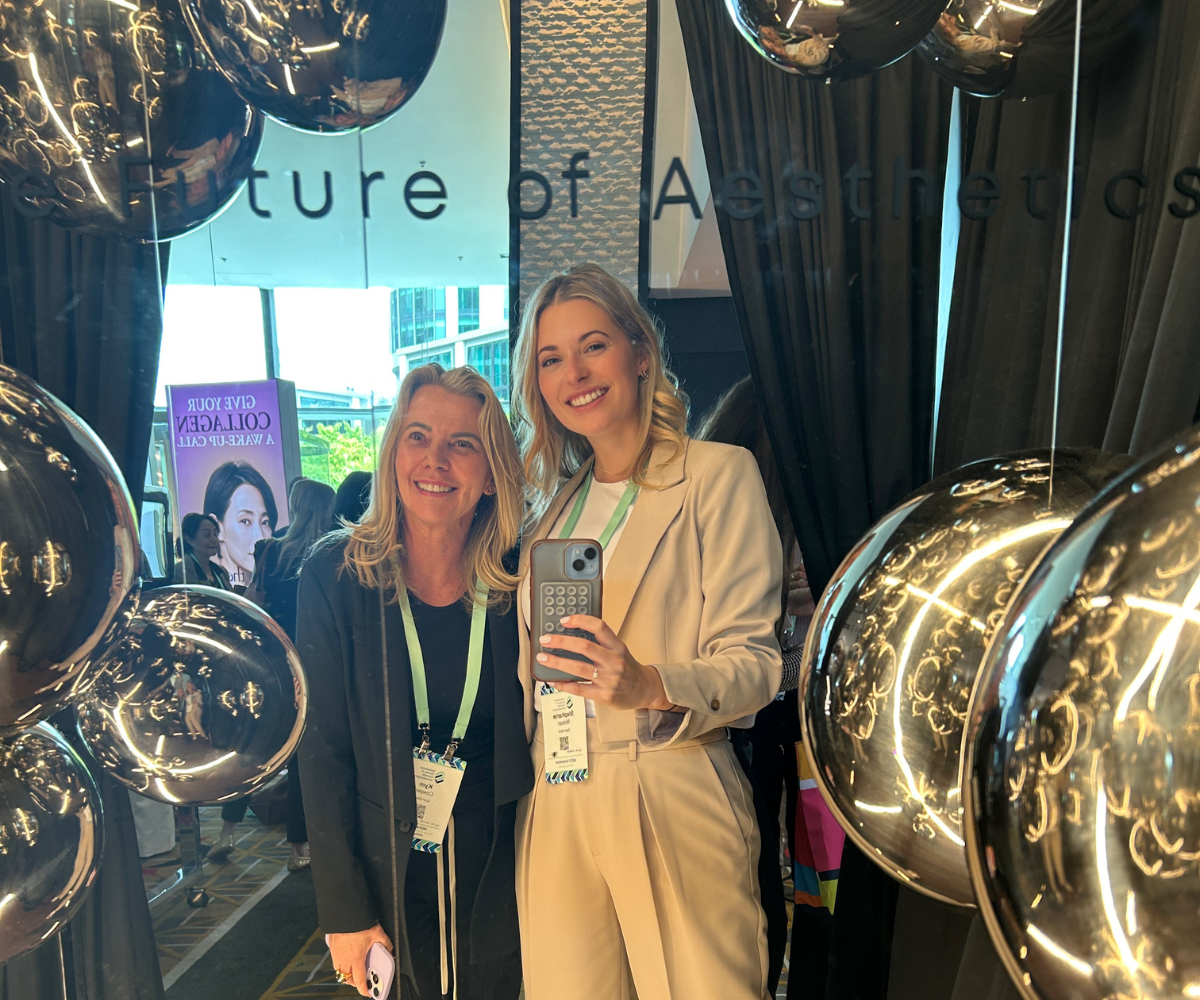Our Key Takeaways from This Year’s ASCD Symposium

ProCollective’s sister site, SPA+CLINIC attended this year’s Australasian Society of Cosmetic Dermatologists (ASCD) Symposium over the weekend. Here are their key takeaways.
Held over the weekend at the Crown Conference Centre, this year’s Australasian Society of Cosmetic Dermatologists (ASCD) Symposium offered a comprehensive three-day program filled with expert-led talks, live demonstrations, and networking opportunities. For the first time, the conference introduced an innovative layout that balanced themed workshops, plenary sessions, and small-group teaching—delivering a rich, hands-on experience for all attendees.

Emerging ingredients in hyperpigmentation
A continued focus for many practitioners is finding effective strategies to manage hyperpigmentation. Baz Hamo, founder of Propaira, highlighted both time-tested ingredient-based approaches and introduced new and emerging actives in the treatment and prevention of pigmentation.
His technique focuses on targeting key stages of melanogenesis with specific ingredients. To interrupt the process before melanin synthesis begins, he recommends retinaldehyde to inhibit transcription. Once melanin production is underway, he targets tyrosinase inhibition with ingredients such as silymarin, tranexamic acid, alpha arbutin, gabridin (from liquorice), and cysteamine. For existing hyperpigmentation, he suggests niacinamide to inhibit melanosome transfer and retinaldehyde to promote the desquamation of pigment-laden skin cells.
An emerging ingredient yet to hit the mainstream is Cysteamine. Not only does it inhibit melanin production, but it also helps calm inflammation by reducing oxidative stress — a key contributor to the development of hyperpigmentation.

Clinical photography in determining facial shape
According to Dr Peter Callan, a Geelong-based plastic surgeon, the key to accurately assessing facial shape lies in perfecting your clinical photography. He explains that being too close to the subject can significantly distort results — for example, a photo taken just 1 foot away can result in up to 17% distortion, while one taken from 4 feet away reduces that to just 4%.
For those without a dedicated clinical photography setup, he recommends positioning your iPhone about 4 feet from the subject as a starting point and to standardise your lighting. However, he also emphasises that the image quality from a proper camera is far superior and encourages investing in professional equipment for more accurate and consistent results.

ASCD Rebrand
An exciting new chapter for the ASCD begins today, as Professor Greg Goodman announces its new name. While “cosmetic” was originally part of the title, it didn’t fully capture the breadth of what the society represents. The updated name — Australian Society of Cosmetic and Procedural Dermatology — reflects a broader, more inclusive scope of practice and expertise.
In Greg’s words “The ASCD as a name just doesn’t reflect what we do — and honestly, it hasn’t since the beginning. It was a good name, easy to remember, but when people asked what I’d prefer, I’d say: we’re more serious than that. We don’t just do cosmetic and aesthetic work. We treat medical conditions through cosmetic pathways, and we manage cosmetic concerns with medical approaches.”
“Birthmarks, asymmetry, burns, accidents — all of these can be treated with cosmetic modalities. There’s a real crossover with some of the medical conditions we manage,” Greg explained. “So we reflected on what we wanted the name to encompass, and the reality is, the procedures we perform genuinely improve people’s lives and so that’s what we added to the name”.

Complying with AHPRA and TGA guidelines
As confirmed by Jason McHeyzer, National Director of Rapid Regulatory Response at AHPRA, the new non-surgical cosmetic guidelines are expected to be released in about a month — likely landing around Easter 2025. While the industry may be looking forward to a well-earned break in the early part of the year, there’s no need to stress. The rollout will follow a similar approach to the cosmetic surgery guidelines, giving practitioners a three-month transition period to implement changes and ensure compliance.
His talk centred on best practices in advertising, urging the audience to always provide balanced and accurate information. He emphasised the importance of avoiding misleading claims, backing up results with evidence, and clearly outlining the risks and recovery associated with each procedure. He also reminded attendees that a self-assessment tool is available on the AHPRA website to help ensure advertising remains compliant.
Further to this, Dr Phillip Artemi shared his thoughts on what the upcoming guidelines may include. He suggested potential changes around who can purchase and administer injectables, revisions to current scripting models like those used by Juv’ae and Fresh Clinics, updates to medical indemnity insurance requirements, and stricter follow-up protocols for cosmetic telehealth appointments. He also didn’t hold back in critiquing the current state of cosmetic medical regulations, referring to it as a “dog’s breakfast” calling for one set of rules.
He also hypothesised potential solutions, including the introduction of uniform regulations across all states and territories, the establishment and enforcement of minimum training standards for cosmetic injectables, and restrictions on professional titles to ensure consumers can clearly identify who is adequately trained and certified.
The post Our Key Takeaways From This Year’s ASCD Symposium appeared first on SPA+CLINIC.
